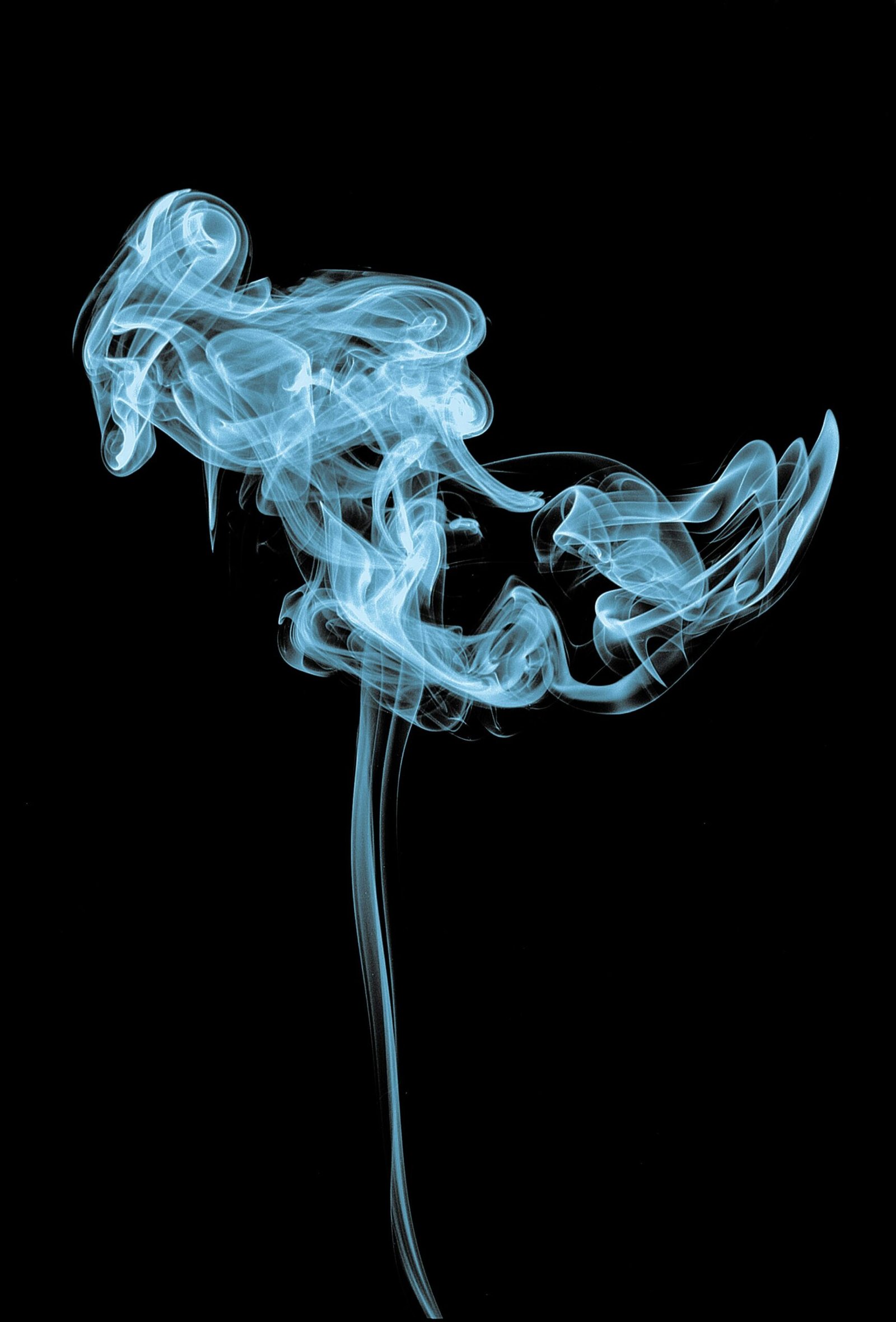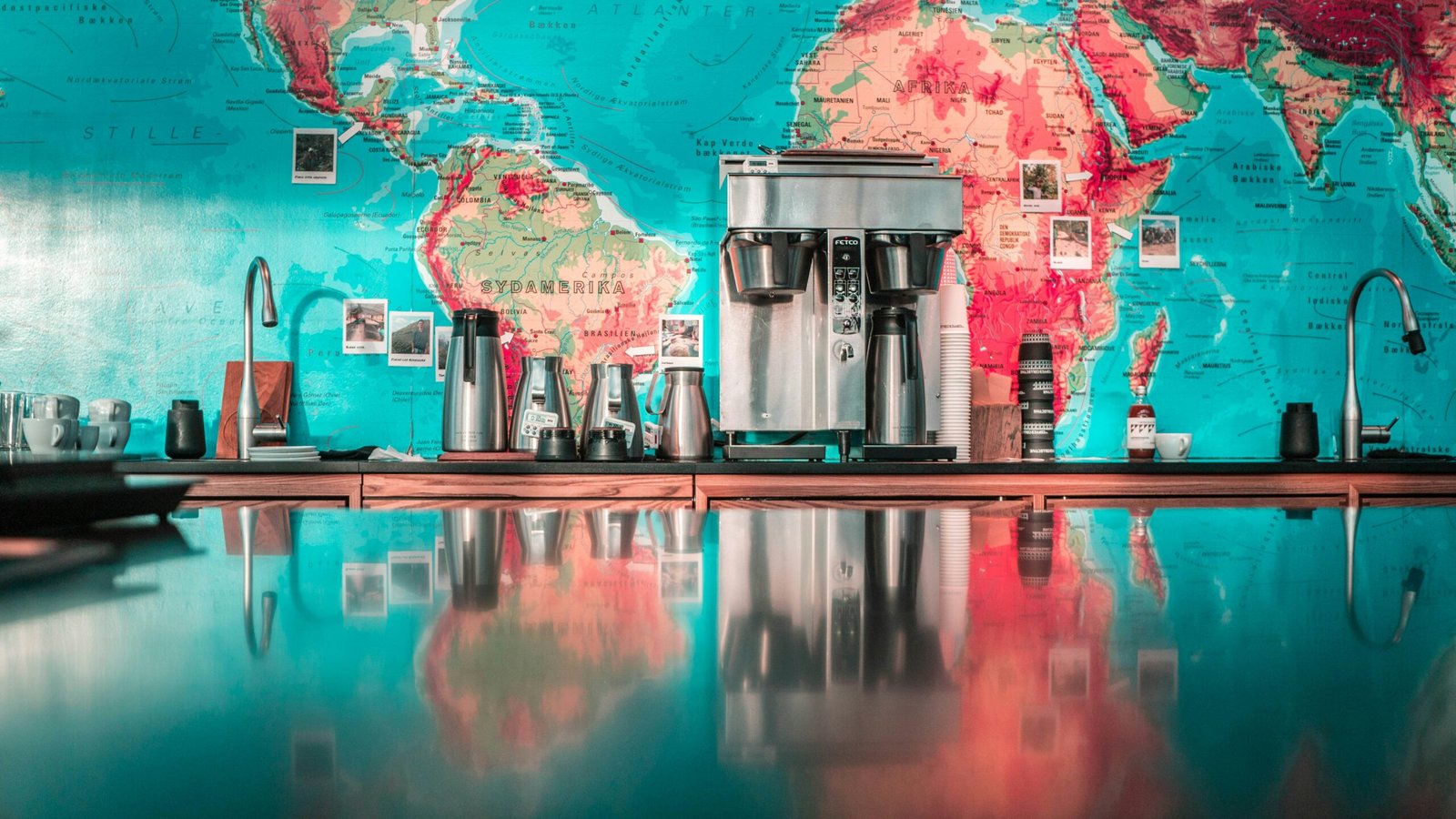Understanding Paint Sprayer Technologies
Paint sprayers have revolutionized the way we approach painting projects, offering various technologies tailored for specific applications. Among these, High Volume Low Pressure (HVLP), Airless, and Low Volume Low Pressure (LVLP) systems are the most prevalent. Each technology has its working mechanisms, suited for different types of projects, thereby influencing both ease of use and finish quality.
HVLP sprayers operate by using a high volume of air to atomize paint at low pressure, which minimizes overspray and enhances control. They are ideal for smaller projects such as furniture refinishing or detailed work, where precision is essential. The benefits of HVLP include a smooth finish and reduced paint waste; however, they may not be as efficient for large-scale projects due to slower application rates.
In contrast, Airless sprayers use a high-pressure system to force paint through a small nozzle, allowing for a thicker coat and faster application. This technology is particularly beneficial for large surfaces such as walls and fences, where quick coverage is required. The key advantage of airless sprayers lies in their ability to handle thicker materials, but the downside includes a tendency for greater overspray and a rougher finish if not properly adjusted.
LVLP sprayers serve as a middle ground between HVLP and airless technologies. They use lower air pressure while still providing a high volume of air, making them versatile for a range of projects, from fine detailing to larger surfaces. LVLP systems offer excellent control with lower overspray, though they may require more paint than HVLP for optimal results.
Ultimately, understanding these three technologies is fundamental for anyone seeking to select the right paint sprayer for their projects. Factors such as project size, desired finish, and type of paint will all influence the choice of technology, ensuring that the selected sprayer matches the specific needs of the task at hand.
Comparative Analysis of HVLP, Airless, and LVLP Sprayers
When choosing a paint sprayer, understanding the differences between HVLP (High Volume Low Pressure), airless, and LVLP (Low Volume Low Pressure) technology is crucial. Each type excels in varying aspects such as paint application speed, coverage efficiency, ease of use, and finish quality, providing distinct advantages and limitations depending on the specific project requirements.
HVLP sprayers are renowned for their ability to produce a fine finish due to reduced overspray. They utilize a high volume of air to atomize paint particles at lower pressure, making them ideal for detailed work and applications that require precision. However, their painting speed is typically slower compared to airless sprayers, which can impact larger projects where efficiency is critical. Additionally, HVLP sprayers are most compatible with thinner paints, which may limit their usability with thicker materials.
In contrast, airless sprayers are known for their rapid application speed and the ability to handle a wider range of material viscosities. This technology propels paint at high pressure without the need for air to atomize the particles, allowing for quick coverage of larger surfaces. Such attributes can be especially beneficial in the Midwest, where weather conditions may necessitate swift project completion. However, airless sprayers can produce more overspray, potentially affecting surrounding areas and requiring additional masking efforts.
On the other hand, LVLP sprayers offer a balance between HVLP and airless technology, delivering a fine finish while maintaining a reasonable application speed. Utilizing lower air volumes, they reduce overspray like HVLP models yet can operate more efficiently than traditional HVLP equipment. LVLP sprayers often provide compatibility with a wider variety of materials, making them a versatile choice for diverse painting tasks in the Midwest.
Considering initial cost implications and maintenance needs, HVLP sprayers typically require a higher initial investment but are often easier to maintain, while airless sprayers may present lower upfront costs but involve more extensive upkeep. LVLP sprayers offer a middle ground in terms of pricing, further enhancing their appeal for budget-conscious projects.
Choosing the Right Paint Sprayer for Your Midwest Project
Selecting the appropriate paint sprayer for your project in the Midwest involves careful consideration of several factors. First and foremost, assess the scale of your project. For small-scale tasks, such as touch-ups or simple furniture refinishing, an HVLP (High Volume Low Pressure) sprayer may be ideal. Its precision and minimal overspray make it suited for detailed work and small areas. In contrast, medium to large projects, such as painting fences or whole rooms, may benefit from an airless sprayer, which provides a quicker application and handles thicker paints more effectively.
The type of paint or finish being used is another critical consideration. HVLP sprayers work best with thinner materials, while airless sprayers can accommodate thicker substances like latex paints. Additionally, LVLP (Low Volume Low Pressure) technology can be a versatile option for both small and larger applications, providing a good balance of speed and control. Evaluating paint viscosity and desired finish will aid in making an informed decision.
Environmental conditions typical of the Midwest, like fluctuating humidity and seasonal temperature changes, also play a significant role. Humidity can impact the drying time and overall finish, so it’s advisable to check local forecasts when planning your painting activities. For outdoor projects, a sprayer capable of handling varying weather conditions should be prioritized.
Lastly, consider how often you plan to use the sprayer. Frequent users may find purchasing a sprayer more economical in the long run, while occasional painters might opt for rental services. Understanding the expected duration of your project and weighing the long-term investment value of purchasing a sprayer versus renting one can significantly influence your final decision. This holistic approach to choosing the right paint sprayer will ensure that your Midwest projects meet both your aesthetic and functional needs.
Best Practices for Using Paint Sprayers
When utilizing paint sprayers, it is essential to follow best practices to achieve optimal results. Proper preparation of both the work area and the equipment can significantly enhance the painting experience. Begin by selecting the right paint sprayer type—HVLP, airless, or LVLP—based on the project requirements. Always ensure the surface to be painted is clean, sanded, and primed if necessary, as this will improve paint adhesion and finish quality. Moreover, covering surrounding areas with drop cloths or plastic sheeting will protect against overspray.
Safety is a paramount consideration when using paint sprayers. Equip yourself with appropriate personal protective equipment (PPE) such as gloves, goggles, and a mask to prevent inhalation of paint particles and to protect your skin. It is advisable to work in a well-ventilated area, especially when using solvent-based paints, to reduce exposure to harmful fumes. Additionally, familiarize yourself with the paint sprayer’s manual for safe operation, maintenance, and troubleshooting guidelines.
Proper painting techniques can make a significant difference in the final finish. Maintain a consistent distance from the surface, usually around 12 to 24 inches, and use a steady, even motion to achieve uniform coverage. Overlapping strokes by 50% can minimize streaking while ensuring comprehensive coverage. For best results in the Midwest, consider the local weather conditions; avoid painting on windy days or in high humidity, as these factors can affect paint application and drying times.
Maintaining your paint sprayer is crucial for its longevity and performance. After each use, thoroughly clean the equipment according to the manufacturer’s instructions to prevent clogs and maintain optimal function. If issues arise, such as uneven spraying or clogging, check for common problems such as incorrect pressure settings or filter blockages. By adhering to these best practices, you can ensure successful application and enhance the quality of your painting projects.
If you’re interested in purchasing the item you seek, please click the link for additional details: #americanachoice.
https://amzn.to/3SBN3Oy
AFFILIATE DISCLOSURE: I am an affiliate for this company, I am not a paid employee.
I may receive a commission if you click a link on this page and choose to purchase something.
You can rest assured I will only share things I believe in and will be valuable to you.



